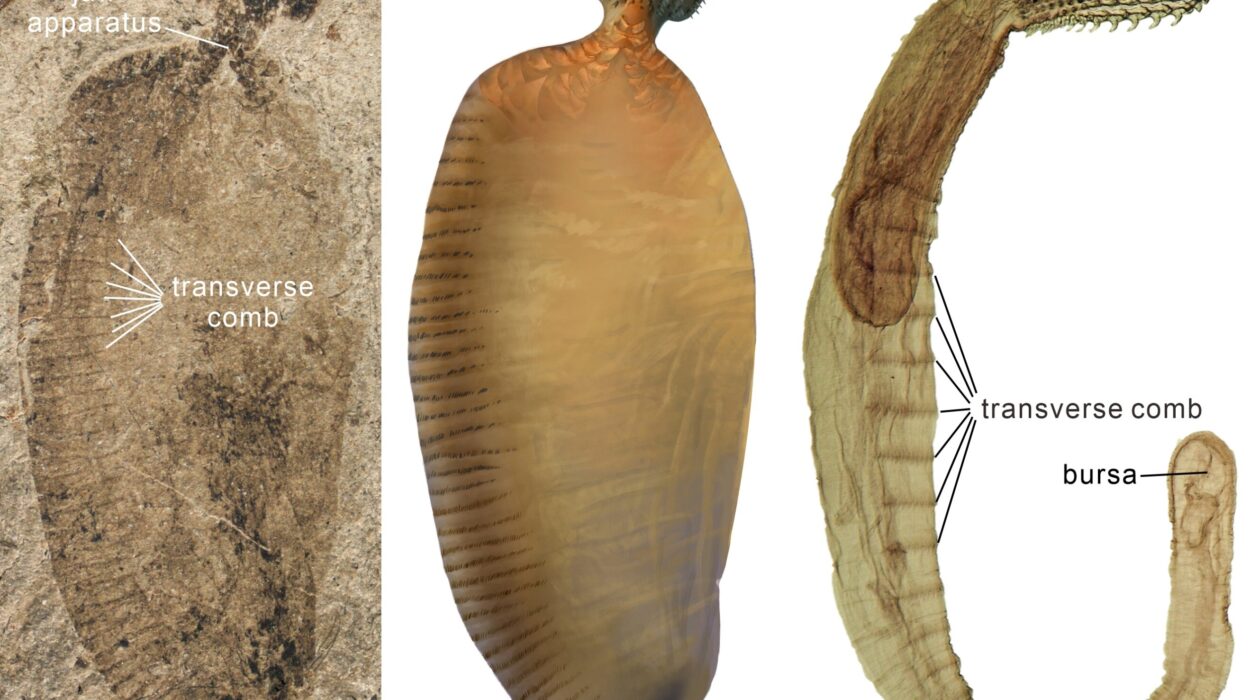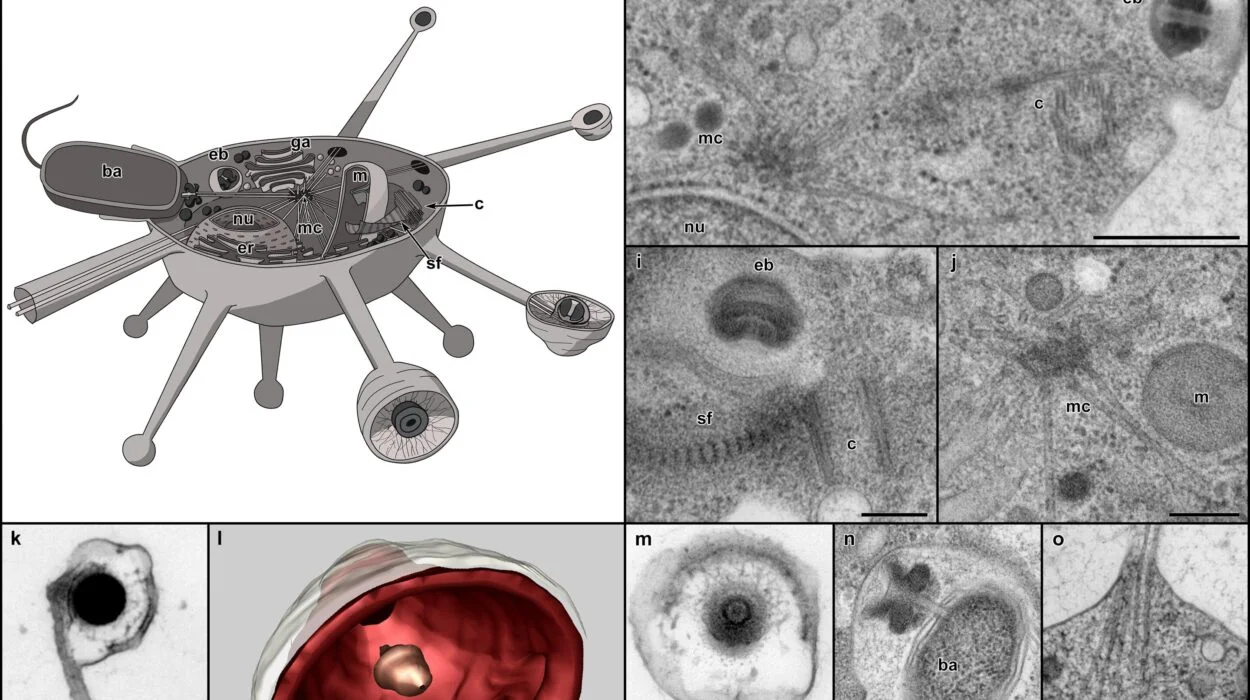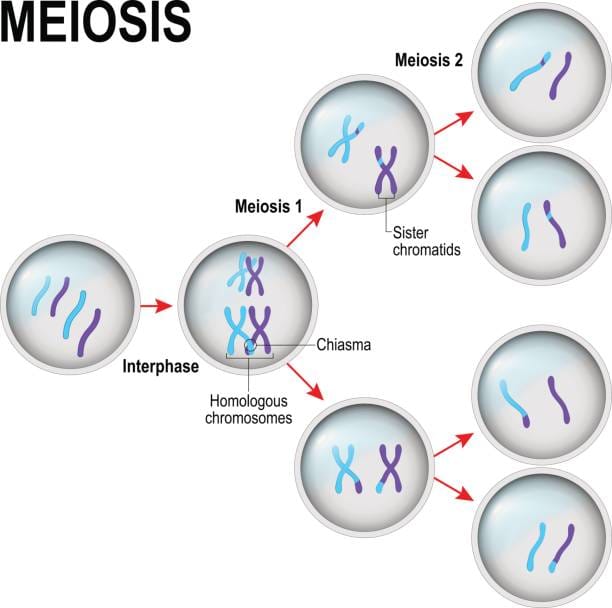In the microscopic world where life blurs the line between chemistry and biology, retroviruses stand out as master manipulators. They are the viruses that don’t merely invade a cell to reproduce—they embed themselves into the very genome of their host. Retroviruses operate with an almost eerie elegance, rewriting the genetic code of the cells they infect, sometimes leaving behind footprints that echo through generations.
Though many viruses replicate through brute force—invading, reproducing, destroying—retroviruses prefer something more intimate and insidious. They integrate. They merge. They become part of us. And in some cases, they already are. A surprising percentage of the human genome, more than 8%, is made up of remnants of ancient retroviruses, long defanged but still echoing through our DNA.
To understand retroviruses is to confront one of the most biologically disruptive and fascinating processes in nature. It’s a story not just of infection, but of transformation—of how microscopic invaders became evolutionary forces, and of how their strange life cycles continue to challenge our understanding of biology, disease, and ourselves.
Unpacking the Retrovirus: What Makes It Unique?
Retroviruses belong to the viral family Retroviridae and are defined not by the diseases they cause, but by how they replicate. Most living organisms use DNA to store genetic information and RNA to carry that information to make proteins. Retroviruses flip this process on its head.
Their genetic material is stored as RNA, not DNA. But unlike typical RNA viruses, retroviruses don’t simply use this RNA to make proteins. Instead, they carry a special enzyme called reverse transcriptase that allows them to convert their RNA into DNA once inside a host cell. This backwards flow of genetic information—RNA to DNA—is the hallmark of a retrovirus and is what gives it its name.
Once converted, this viral DNA is inserted into the host cell’s own DNA by another enzyme, integrase. From that point onward, the host’s own cellular machinery reads the viral DNA and begins producing viral proteins. The virus has essentially hijacked the cell’s identity. In some cases, this process is quiet and slow; in others, it leads to aggressive replication and the death of the host cell.
Retroviruses are enveloped viruses, meaning they have a lipid membrane surrounding their protein shell, or capsid. This envelope is stolen from the host cell during the budding process and is studded with viral glycoproteins that help the virus recognize and bind to target cells. The entire structure is geared toward one purpose: infiltration and replication.
From Entry to Exit: The Retroviral Life Cycle
Understanding how retroviruses work requires following them on a journey from the moment they encounter a host cell to the moment new virus particles burst free. It’s a journey marked by molecular disguise, hijacking, integration, and often destruction.
It begins with attachment. The viral envelope glycoproteins recognize and bind to specific receptor molecules on the surface of a host cell. This interaction determines the virus’s “tropism”—the types of cells it can infect. HIV, for example, specifically targets CD4+ T cells of the immune system.
Once attached, the viral envelope fuses with the cell membrane, and the virus’s contents spill into the host cell. The RNA genome and associated enzymes are released into the cytoplasm, where reverse transcription begins. The viral enzyme reverse transcriptase gets to work, converting the single-stranded RNA into double-stranded DNA. This is a surprisingly error-prone process, leading to high mutation rates—a fact that makes retroviruses incredibly adaptable and difficult to target with vaccines.
The newly synthesized viral DNA is then transported into the cell nucleus, where another viral enzyme, integrase, embeds it into the host genome. Once integrated, the viral DNA is referred to as a “provirus.” This proviral DNA may remain latent—essentially dormant—or it may be actively transcribed into RNA by the host’s machinery, leading to the production of viral proteins.
The RNA copies and viral proteins assemble at the cell membrane, forming new virions that bud off from the cell, stealing a piece of the host’s membrane as their envelope. These new viruses are then free to infect other cells, continuing the cycle.
Not All Retroviruses Are Created Equal
There are several subgroups within the retrovirus family, each with its own quirks, targets, and implications for human health. The most infamous is undoubtedly the lentivirus group, which includes the Human Immunodeficiency Virus (HIV). Lentiviruses are characterized by a long incubation period and a preference for infecting immune cells, which makes them especially devastating.
Another group includes the oncoviruses, retroviruses that can cause cancer by inserting their genetic material near or within genes that control cell growth. The Rous sarcoma virus, for example, discovered in chickens in the early 20th century, was the first virus shown to cause cancer, opening up a new understanding of tumor biology.
Then there are endogenous retroviruses—perhaps the most mysterious of all. These are ancient retroviruses that infected germline cells (sperm or egg) in distant ancestors and became permanent residents of the genome. Passed down through generations, they now account for a significant chunk of our DNA. Though most are inactive, some retain the ability to influence nearby genes or even protect against other viruses.
HIV and the Global Impact of Retroviruses
No discussion of retroviruses is complete without addressing HIV, the virus that has defined global public health challenges for more than four decades. Discovered in the early 1980s, HIV is a lentivirus that targets the immune system, specifically CD4+ T-helper cells. Over time, untreated HIV infection leads to the progressive destruction of the immune system, culminating in Acquired Immunodeficiency Syndrome (AIDS).
The emotional and scientific journey of HIV/AIDS has been one of despair, resilience, and profound innovation. In the early days, the diagnosis was considered a death sentence. Patients wasted away in hospitals while fear and stigma gripped society. But science refused to stand still. The identification of HIV as a retrovirus led to an understanding of its life cycle, and with it, points of vulnerability.
The development of antiretroviral therapy (ART) transformed HIV from a fatal disease into a manageable chronic condition. These drugs don’t cure HIV, but they suppress viral replication, allowing patients to live long, healthy lives. Most ART regimens target multiple stages of the retroviral life cycle—some inhibit reverse transcriptase, others block protease (another viral enzyme), and some prevent integration or fusion.
HIV also led to a deeper understanding of how retroviruses mutate, evade immune detection, and establish lifelong infections. This knowledge continues to shape virology, immunology, and even cancer research.
The Legacy in Our Genes: Endogenous Retroviruses
One of the most astonishing discoveries of modern genomics is that retroviruses have not only infected us—they have become part of us. Endogenous retroviruses (ERVs) are fossilized remains of ancient infections that have been passed down through the germline, locked into the chromosomes of every human being.
These viral stowaways were once active retroviruses that infected egg or sperm cells in our ancestors. Unlike typical infections, these integrations were inherited by the next generation, and the next, accumulating mutations over millions of years. Today, ERVs make up more than 8% of the human genome—far more than the roughly 1.5% that codes for proteins.
Most ERVs are no longer functional; their sequences are riddled with mutations that prevent them from producing proteins or forming infectious particles. But some ERVs still show signs of activity. In some cases, their regulatory elements can turn on or off nearby human genes, influencing immune responses, development, and even disease risk.
Even more fascinating is the discovery that some ERV-derived genes have been co-opted for important biological functions. One remarkable example is a gene called syncytin, which is essential for placenta formation in mammals. This gene, it turns out, was originally a viral envelope protein. Without ancient retroviral infections, the very structure of mammalian pregnancy might never have evolved.
Retroviruses as Tools: Turning Enemies into Allies
What once threatened our survival is now being transformed into a tool for healing. Retroviruses, with their ability to integrate into host genomes, have become essential tools in genetic engineering and gene therapy.
Retroviral vectors are now routinely used to deliver therapeutic genes into human cells. Scientists remove the harmful genes from a retrovirus and replace them with genes that can correct genetic disorders. These modified viruses are then used to infect target cells, delivering their genetic payload and offering the possibility of permanent cures.
This approach has shown promise in treating diseases like severe combined immunodeficiency (SCID), a rare disorder where children are born without a functioning immune system. Gene therapy using retroviral vectors has helped restore immune function in some patients, giving them a chance at life.
Researchers are also exploring retroviral vectors in cancer treatment, using them to deliver genes that make tumors more susceptible to immune attack or chemotherapy. As our understanding deepens, retroviruses are shifting from agents of disease to agents of transformation.
Evolutionary Forces and Biological Puzzles
Retroviruses offer more than medical insights—they provide a window into the mechanics of evolution itself. Their high mutation rates, ability to shuffle genetic material, and capacity to embed themselves into genomes make them potent evolutionary forces.
They introduce genetic variation. They alter gene regulation. They can cause deletions, insertions, and rearrangements. Over long timescales, retroviruses have helped drive the diversification of species, shaped immune defenses, and even contributed to the emergence of complex traits.
But they also raise deep questions. Why does the immune system sometimes tolerate proviral DNA but attack other foreign elements? How do cells distinguish self from viral “ghosts” embedded in their chromosomes? Can silent proviruses become reactivated—and what triggers that reawakening?
These questions continue to fuel research into autoimmune diseases, cancer, neurodegeneration, and aging. In some cases, reactivation of endogenous retroviral elements has been linked to conditions like multiple sclerosis and schizophrenia. Whether these links are causal or correlative remains an area of intense investigation.
The Dual Nature of Retroviruses
What makes retroviruses so emotionally compelling is their dual nature. They are both villains and architects—pathogens that cause immense suffering, and yet also hidden benefactors that have shaped our biology. Their life cycle is both violent and delicate, a molecular ballet that speaks to the creativity of evolution.
Retroviruses remind us that life is not cleanly divided into good and bad, friend and foe. Nature repurposes, recycles, and rewrites. The virus that once caused a plague may, millions of years later, become part of a gene essential for reproduction. The invader becomes kin.
In a time when viruses often evoke fear, retroviruses ask us to take a more nuanced view. They force us to acknowledge the messiness of biology—and the power it holds for healing as well as harm.
Looking Forward: The Future of Retrovirus Research
As we move deeper into the age of genomics and personalized medicine, the study of retroviruses is entering a new frontier. Advances in CRISPR and synthetic biology allow researchers to precisely edit retroviral elements, investigate their functions, and design better gene therapy tools.
Retroviruses are also teaching us about resilience—of both viruses and the human spirit. The global response to HIV showed how science, compassion, and activism can converge to change the course of a pandemic. As new retroviruses are discovered in wildlife and livestock, the lessons from past outbreaks inform our approach to emerging threats.
Ultimately, retroviruses are not just infectious agents. They are storytellers. In their sequences lie tales of ancient infections, evolutionary battles, genetic innovation, and human triumph. To understand them is to understand a part of ourselves.






